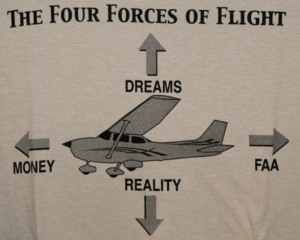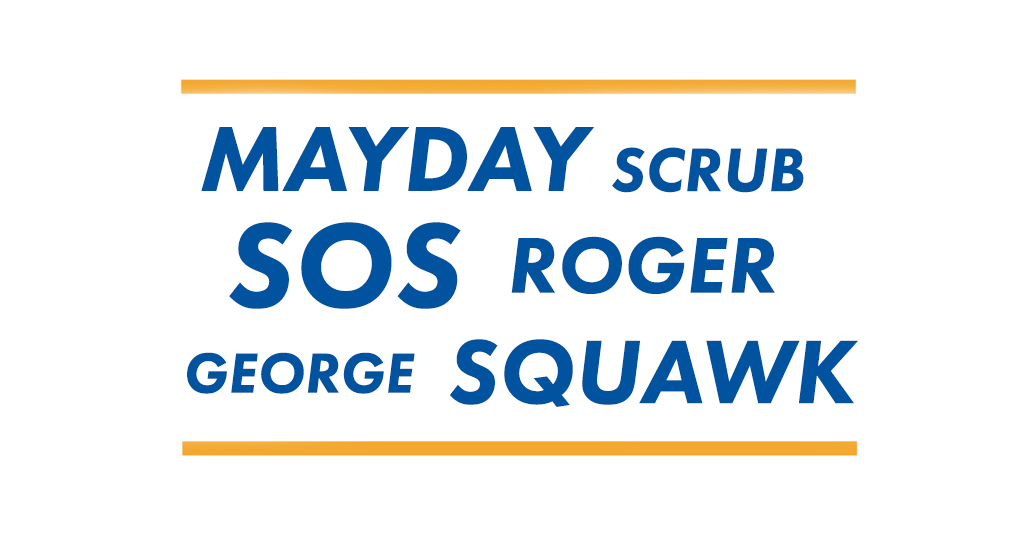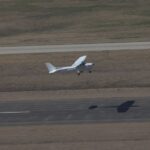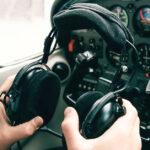By: Mike Bliss
Every discipline has its own unique set of terms, whether they are slang, acronyms, or phrases. Aviation is no different. There are even subsets of the aviation language. For example, each military branch has its own terms and some have even migrated to general aviation. For example, using the term, “no joy” to indicate when called traffic is not yet in sight, comes directly from military terminology about enemy targets.
Term: “Roger”
The term “roger” is another throwback to the military. Back in the days when morse code was used to transmit messages, the letter “R” was sent by the receiving station to indicate that the message had been received. In the pre-NATO phonetic alphabet, before R became “romeo”, it was first “roger”. In voice communications, roger meant the same thing as sending the letter “R” in Morse Code – the message had been received. Today, in aviation, it still means the very same thing. However, it is often misused to mean affirmative or that the pilot will comply with the controller’s instructions. However according to the Pilot/Controllers Glossary, roger means, “I have received all of your last transmission. It should not be used to answer a question requiring a yes or a no answer.”
Term: “Squawk”
Another term of military origin is the word “squawk” as used regarding transponder codes. In World War 2, an identification, friend, or foe (IFF) device was developed and code-named “parrot.” The term “squawk” was the natural follow-up when directed to activate the IFF, or “parrot box.”
Term: “George”
You may have heard of the term “George” used for the autopilot, as in, “George is flying the airplane.” Lawrence Sperry developed autopilot in the infancy days of aviation. In 1914, he demonstrated his gyro-stabilizing invention by climbing out of the cockpit onto the wing of the Curtis C-2 flying boat he was piloting, leaving no one at the controls. It became a common expression to say that the unseen co-pilot “George” was at the controls when the autopilot was engaged.
Term: “Mayday”
Mayday is the commonly recognized distress call for help. The term first came into the English language in 1923. According to Wikipedia, there was a lot of air traffic between England and France in those days, and evidently, there were enough international problems over the English Channel that both parties wanted to find a good distress signal that everyone would understand. Apparently, they settled on “mayday,” the phonetic equivalent of “m’aidez,” the French for “help me.”
In fact, in the early days of aviation, many of the terms that we still use today to describe aircraft components were of French origin: i.e. fuselage, empennage, aileron, etc.
Term: “SOS”
In addition to terms, acronyms are ubiquitous in aviation. In fact, there are over 1000 abbreviations recognized by the FAA alone. Perhaps the one most likely to raise eyebrows of non-pilots is the use of “SOS.” Contrary to what might come to their mind, it stands for “souls on board” and is used in filing flight plans and responding to controllers to indicate the total number of people, both crew and passengers, on board.
Term: “Scrub”
The term “scrub” as it relates to aviation, is used to mean the flight or mission has been canceled. It is derived from the practice of erasing or scrubbing the mission from the mission board.
And finally, we will wrap up our definitions with these practical insights from Cessna.










